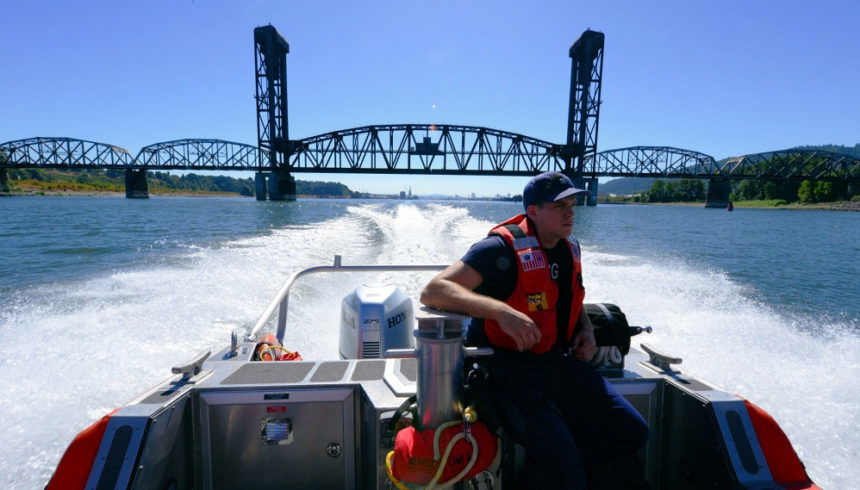Coast Guard reminds NW boaters of cold water drowning dangers

SEATTLE (KTVZ) — The Coast Guard reminds recreational boaters and paddlers to be aware of the risks involving cold water drownings.
Even as the Pacific Northwest heads into warmer weather, it can still take many months for the rivers, lakes, and waterways to catch up. The water may be significantly colder than the outside ambient temperature.
Always wear a life jacket while out on the water. There is no time to don a life jacket when an accident or emergency occurs. The best vest is the one you wear.
“While hypothermia is a real concern, the true cause of most drownings this time of year is the rapid loss of one’s ability to swim or tread water due to cold water immersion,” said Capt. Nathan Coulter, chief of incident management for the 13th Coast Guard District.
“Water temperatures in lakes and rivers are still near 50 degrees. If you enter water at those temperatures without a wet-suit or personal flotation device, you may have less than 10 minutes to survive. Stay safe by dressing for the water temperature, not the air temperature.”
According to Frank Golden and Michael Tipton, internationally recognized experts in cold-water survival, water below 60-degrees Fahrenheit is immediately life-threatening, and many Washington waterways stay below 60-degrees Fahrenheit year round.
Sudden cold-water immersion makes it difficult, if not impossible, for boaters to keep their heads above water and stay afloat. Boating fatality statistics have shown that wearing a life jacket gives boaters the best chance of survival in the event of an accident, especially in cold water.
Small vessels such as kayaks, canoes, rafts, row boats, paddle boards, sailing vessels and open motorboats less than 21-feet long are the most vulnerable to capsizing.
Wear personal protective clothing, including dry or wet suits, clothing appropriate for a swim in the water temperature where you are venturing.
Boaters don’t just need to wear the proper gear but also need to equip their boats with required and recommended safety gear, such as a hand-held VHF-FM marine-band radio, a personal locator beacon and flares.
File a float plan. Take the time to write your contact information, with a waterproof permanent marker, on your kayak, paddle board or other personal water craft. A name, address and phone number can assist first responders in locating you, should your vessel be found.
New and inexperienced boaters should seek education before heading out on the water. Safety courses are offered through the U.S. Coast Guard Auxiliary and other state and local agencies, which are often offered at little or no cost.